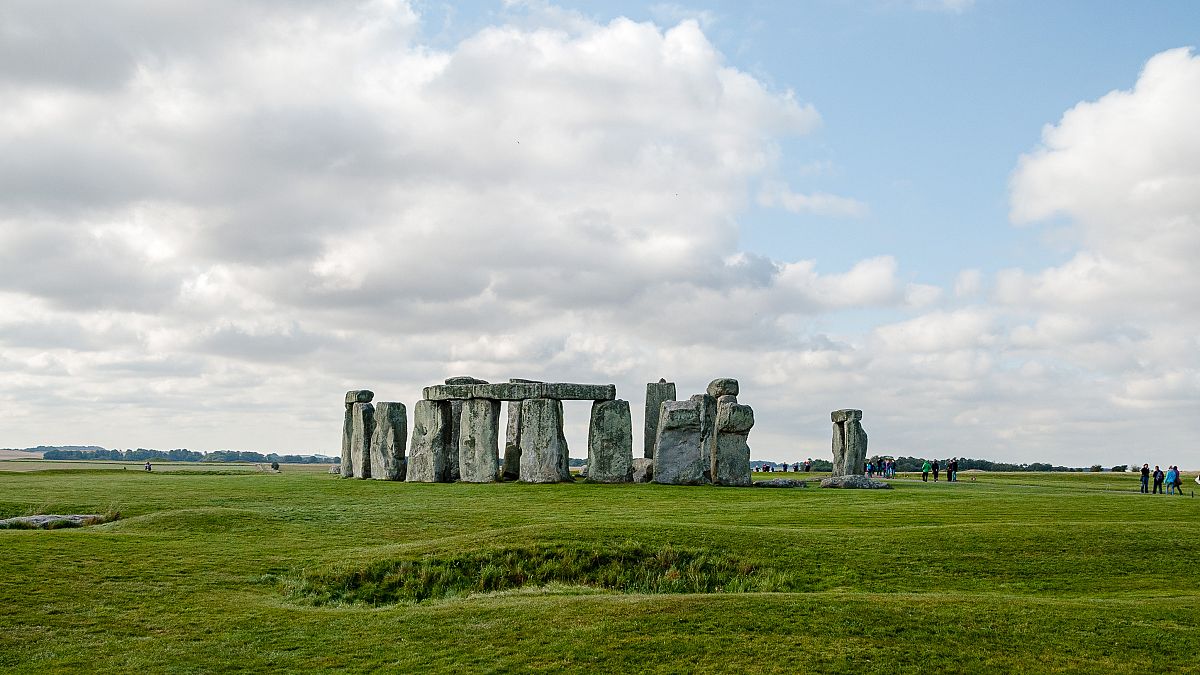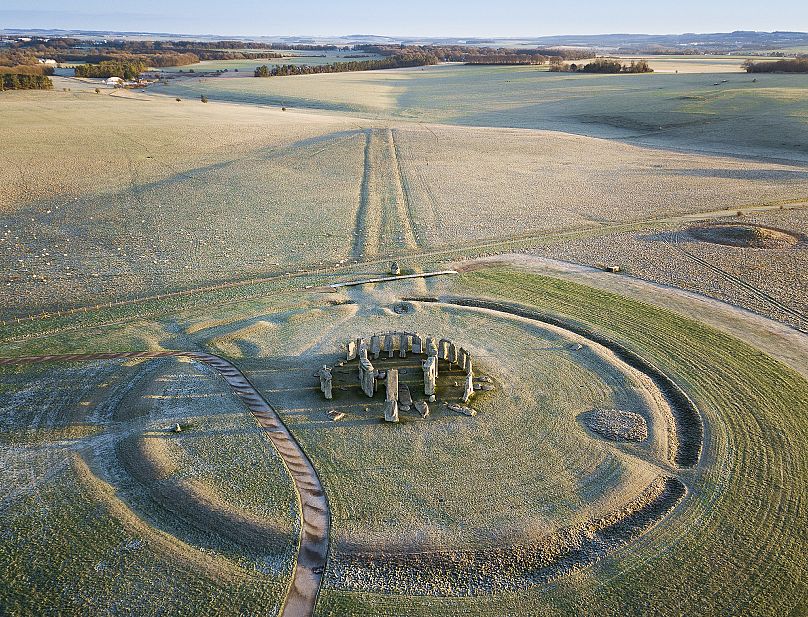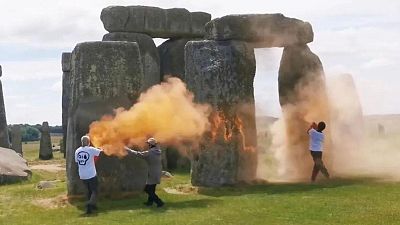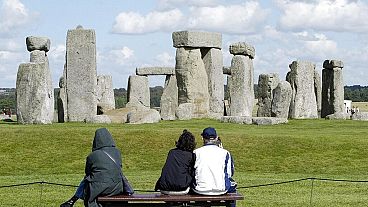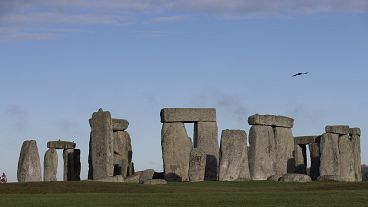Researchers were astounded to discover that the megalith travelled over 450 miles to its resting place in Wiltshire, England. What does this revelation mean for our understanding of Neolithic peoples?
A new study has shown that the six-tonne Altar Stone at the heart of Stonehenge came from the far north of Scotland – rather than southwestern Wales, as previously thought.
The research, led by Welsh PhD student Anthony Clarke, used studied mineral crystals within the sandstone to reveal that the megalith at the centre of the ancient monument was transported by prehistoric people from at least as far as present-day Inverness, and possibly even as far as the Orkney Islands.
According to results published in the scientific journal Nature, the stone had a unique signature that matched with 95% certainty rock from northeastern Scotland.
“I don’t think I’ll be forgiven by people back home,” Clarke joked to BBC News. “It will be a great loss for Wales!”
As well as affirming that Stonehenge was built with stones from all parts of Great Britain (other stones came from Wales and England), the study shows that the construction of Stonehenge was a far greater collaborative effort between prehistoric peoples than experts previously realised.
“But on a serious note, Stonehenge seems to be this great British endeavour involving all the different people from all over the island," Clarke told the BBC.
With serious implications for our understanding of the period, the discovery points to a Neolithic Britain that was a rather more connected and advanced society than previously understood.
“It completely rewrites the relationships between the Neolithic populations of the whole of the British Isles,” Rob Ixer, an honorary senior research fellow at University College London and one of the experts involved in the study, told the Guardian. “The science is beautiful and it’s remarkable, and it’s going to be discussed for decades to come … It is jaw-dropping.”












